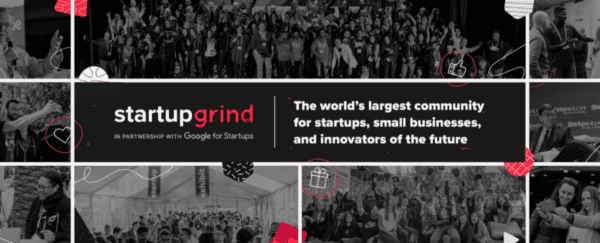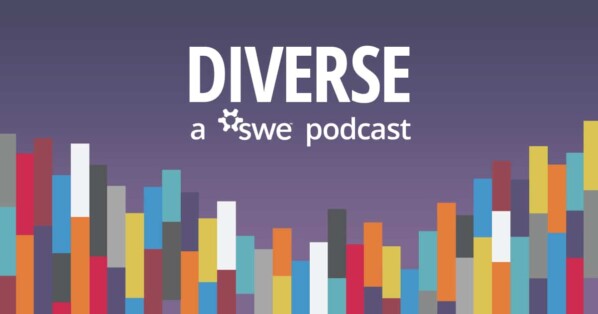
The attrition rate for women engineers and women in all STEM professions is still high and has resulted in a critical shortage of women in technical leadership positions. The root cause of attrition is corporate culture, but what exactly prevents women from advancing?
We know that women make up more than 20 percent of engineering school graduates but only 11 percent of practicing engineers. And we know that 30 percent of women who leave the profession cite workplace climate as the reason
SWE decided to take a close look at the culture of the engineering workplace to find out what drives female attrition and launched the SWE National Gender Culture Study. It’s the first national study of its kind to look at gender bias in engineering and to examine the role of corporate culture in STEM’s “leaky pipeline.” Four SWE Corporate Partnership Council members participated in the study: 3M, Booz Allen Hamilton, Honeywell Aerospace, and United Technologies Corp. Results of the study were released Feb. 15 at the 2016 winter meeting of the SWE Corporate Partnership Council (CPC).
Karen Horting, CAE, SWE executive director and CEO, said, “The purpose of the study was to explore company culture as a root cause of female attrition, which is a particular concern within the leadership pipeline. It’s not news that there is a gender gap in leadership roles and that women are leaving engineering. If we can get to the root cause of their dissatisfaction, maybe we can inspire real change.”
What a culture study is
A culture study is an analytical technique that quantifies organizational values and the extent to which daily workplace practices align with these values. Culture study results reveal the extent to which:
- A company’s stated values are realized
- People’s personal, current, and desired values are aligned
- Negative values or practices interfere with engagement and goal focus
Ultimately, a culture study shows the difference between what people actually experience and what they’d like to experience so they can do their best work.

“A culture study gives you a snapshot of culture’s fitness,” said Beth Michaels, president of Primer Michaels, the consulting firm that ran the study.
Michaels is an expert on leadership and corporate culture. “People care about culture because it’s a driver for attraction, retention, and advancement and for developing workplaces where people do their best work and meet company goals.”
Culture studies provide senior leadership with reliable data about what their employees are experiencing and a baseline from which to measure progress. Michaels added, “STEM companies are meeting their hiring goals, and there is a fairly long honeymoon period – five to eight years. Then something happens and women leave. We want retention goals to look like hiring goals.” Initiating this change, Michaels contends, is the responsibility of top executives. “Leaders are charged with defining, defending, and maintaining corporate culture,” she added.
The essential outcome
SWE’s new research shows that women leave engineering not because they lack the courage to “lean in,” or because of work/life integration issues, or even because they aren’t evaluated and promoted fairly. Women leave the profession after working in environments that tolerate persistent obstacles to attaining their company and career goals. The female leaders who participated in the study express this frustration as a lack of accountability. Accountability was their number one personal and desired cultural value, and the one they said was missing from their workplaces. The message to company leaders that emerges from these data is: “Decide what you want; take down the barriers, and let me do my job.” If company leaders don’t get this message, women will continue to leave engineering.
The good news
Men and women report more similarities than differences in their personal, current, and desired cultural values. Positives, such as ethics, customer service, and teamwork, and negatives, such as cost reduction, resource constraints/long hours, bureaucracy and short-term focus, are identified by both genders. For men and women, the importance of accountability stands out. It is the only value that comes through all three value sets – personal values, current culture, and desired culture.
In other good news, women under 51 reported balance in their current cultures, an important alignment with their personal and desired values. This indicates that flex policies are making a difference. Balance is among the top 20 desired cultural values for both genders, although women ranked it much higher- fourth – while men rank it 14th.
How this study was designed
Four SWE Corporate Partnership Council members participated in the study: 3M, Booz Allen Hamilton, Honeywell Aerospace, and United Technologies Corp. The SWE steering committee consisted of CPC members representing these four companies; Jennifer Scott, SWE director of fund development; and Beth Michaels, president of Primer Michaels, the consulting firm that ran the study. Data were collected from an anonymous, Web-based survey that participants could complete in about 10 minutes. There were 3,200 study respondents – all U.S.-based, professional male (51 percent) and female (49 percent) engineers employed by the four participating CPC member companies. The data were broken down by gender, by positions, and into three female age groups: younger than 31; 31 to 50; and older than 51. The target subgroup for the analysis – that is, the group most likely to leave – was female leaders ages 31 to 50. The study was based on a values survey – a simple word selection. From this word selection, a nuanced description of how participants experience their workplaces emerged. Respondents described their personal values, the values that described their current workplaces, and the values that describe their desired workplaces. Selections were made from customized word lists that included positive values (like accountability) and negative values (like bureaucracy). Read more.
This article was originally published in the Spring 2016 issue of SWE Magazine.
Author
-

SWE Blog provides up-to-date information and news about the Society and how our members are making a difference every day. You’ll find stories about SWE members, engineering, technology, and other STEM-related topics.






